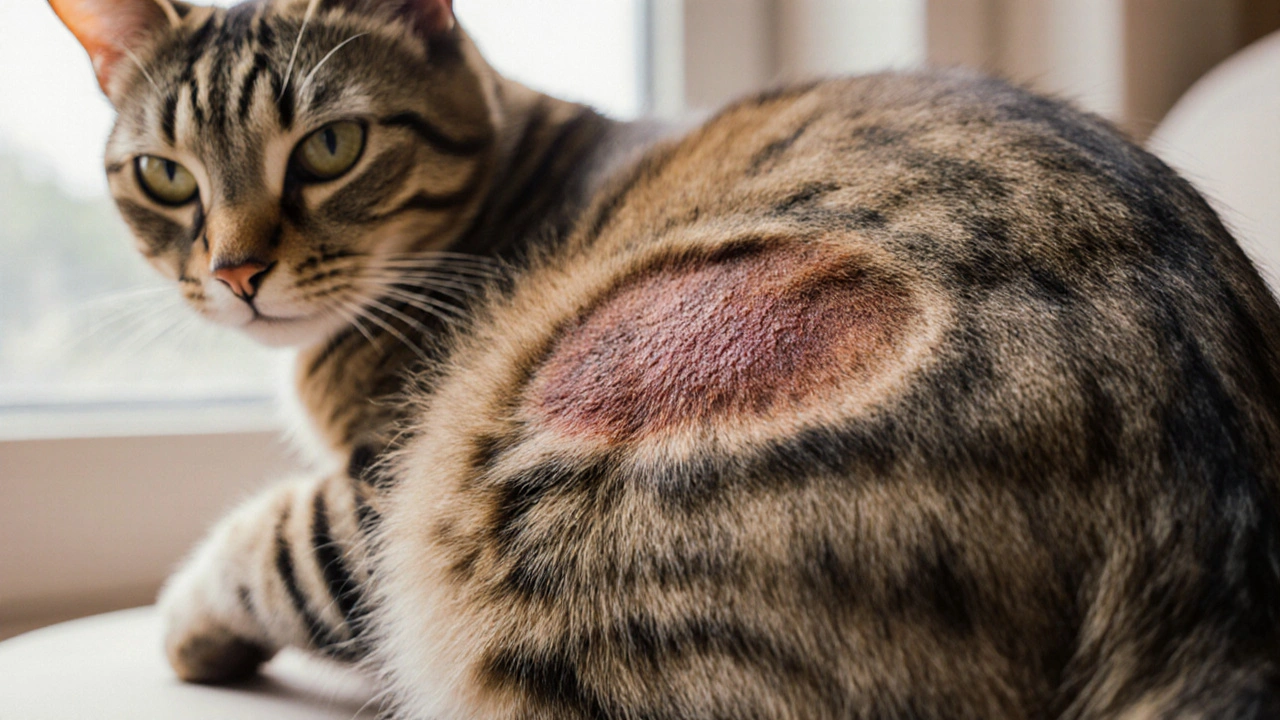Antifungal Treatment for Dogs – What Every Pet Owner Should Know
When dealing with antifungal treatment for dogs, the set of medications and care steps used to eliminate fungal skin infections in canine patients. Also known as dog antifungal therapy, it’s a key part of keeping your pet healthy and comfortable.
Key Factors to Consider
One of the most common targets of these therapies is ringworm, a dermatophyte infection that causes circular hair loss and scaly patches on the skin. Before any drug is prescribed, a proper diagnosis—often through skin scrapings or fungal culture—is essential; treating the wrong condition wastes time and can worsen the problem.
Two of the most reliable drug options are terbinafine, an oral antifungal that concentrates in skin and nails, offering a short‑course, high‑success treatment and ketoconazole, a broader‑spectrum agent often used for stubborn or deep‑seated infections. Each has its own dosage range, liver‑function monitoring needs, and potential side‑effects, so the choice depends on infection severity, dog size, and overall health.
The expertise of a veterinary dermatologist, a vet specialized in skin disorders and infectious diseases in animals can make a big difference. These specialists tailor the dosage, schedule follow‑up labs, and suggest adjunct care such as medicated shampoos or topical agents to speed recovery and reduce relapse risk.
Beyond the medication itself, successful therapy ties together several steps: cleaning the environment to prevent re‑infection, treating all animals in the household, and monitoring for side‑effects like appetite loss or gastrointestinal upset. Understanding how antifungal treatment for dogs works, what infections it targets, and which professionals to involve gives you the confidence to act quickly and keep your furry friend itch‑free.
Below you’ll find a collection of articles that dive deeper into each of these areas—drug comparisons, dosing guidelines, symptom checklists, and real‑world case studies—so you can pick the right approach for your pet’s unique situation.

